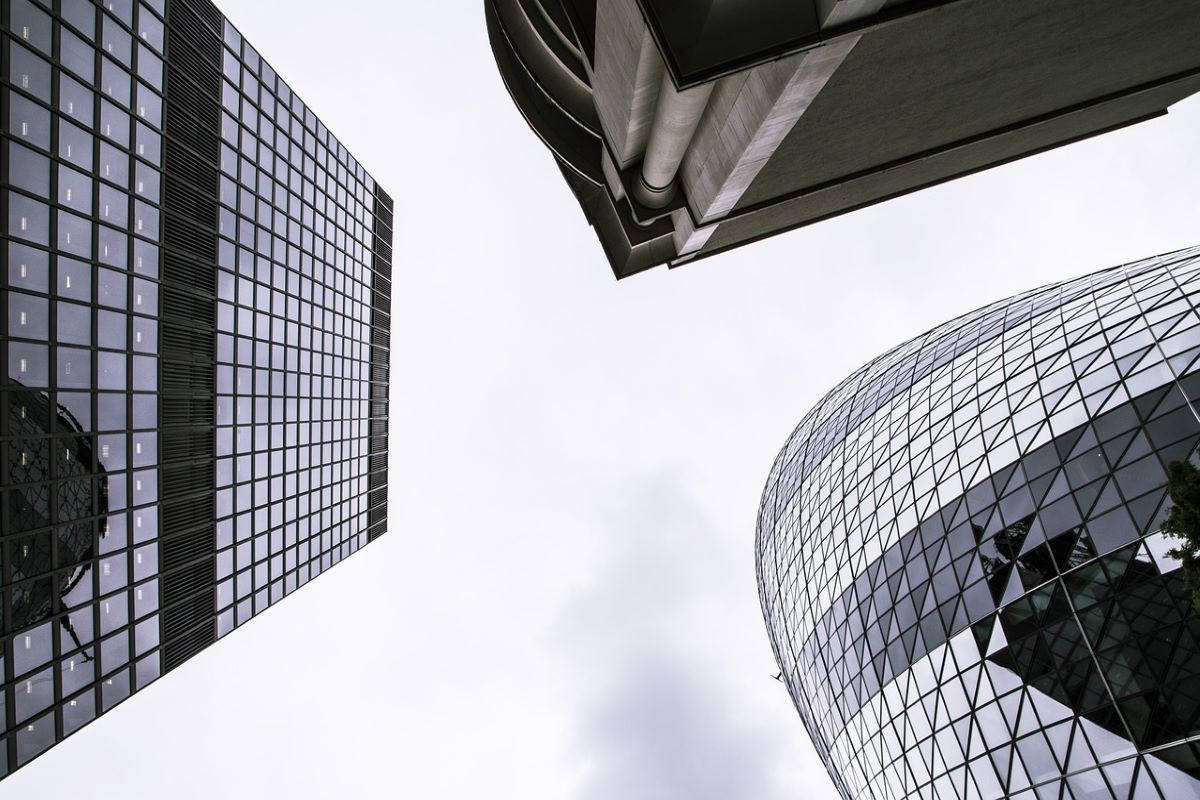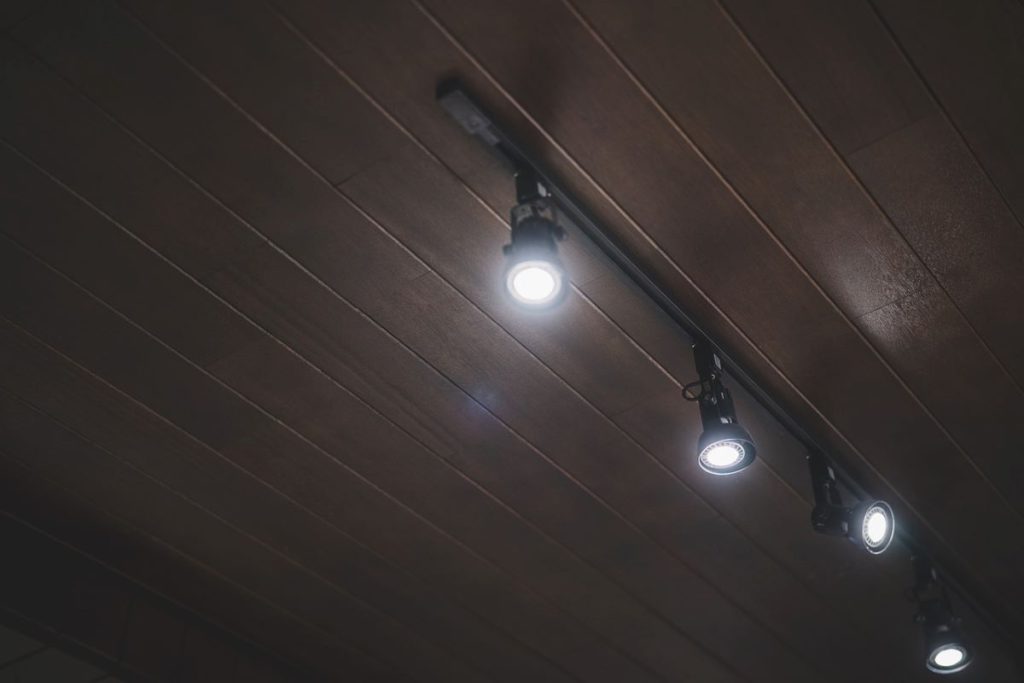
First, a green building is a structure designed to achieve exceptional energy efficiency, water usage, and the sustainability of materials used in its construction. For a green design, materials which contribute towards sustainability and energy efficiency are the most important, and they must be included as far as possible within a construction. In construction, a lot of natural resources can be saved through the processes of the green building since a higher proportion of materials can be recycled and a higher proportion of environmentally-friendly materials are used than with the usual building practices. Several other benefits also come into play with green buildings, including reduced operational costs, resource conservation, improved air and water quality, and others.
Green buildings do not just decrease water waste; they can contribute to the diversification of water supplies, preservation of natural resources, protection of biodiversity, and improved air and water quality. Water and energy efficiency are among green buildings’ best virtues: Energy efficiency leads to reduced consumption of coal, which is the world’s primary power source. By using technologies and processes that improve water and energy efficiency, green buildings are capable of relieving considerable stress.

Hot water systems based on point-of-use heating are significantly contributing to reduced energy and water resources. Using solar heating, heat-insulated ductwork, and PV panels may allow buildings to be both more energy-efficient and less environmentally damaging. Installing well-insulated windows, ceilings, and walls can make sure no energy is lost.
Green buildings can achieve substantial savings over a building’s lifetime through the use of natural landscape techniques, water-saving features, low-maintenance materials, and smart building controls. Green buildings not only reduce or eliminate adverse environmental impacts, using less water, energy, or natural resources, they can, in many cases, positively affect the environment (at a building or city scale) by producing their own power or increasing biodiversity. To achieve material efficiency, green construction companies use materials that are designed to last, recycle and reuse certain products to design buildings so they can employ fewer materials and use processes that consume less water, raw materials, and energy.
The green design makes green and sustainable buildings possible by engaging not just with materials or technology approaches but with simple changes in design itself. A green or sustainable building is one which, by virtue of its design and features, is capable of maintaining or improving the quality of life in the surrounding area where it is located. A green or sustainable architect or designer strives to conserve air, water, and other resources while adopting environmentally sound building materials and planning practices.
Focusing on greener designs does not mean that we need to compromise on style. You can still go for a timber ceiling to make the interior more attractive. Using a timber facade would also be a great option to protect the building against the weather and make it look more classy.
Always keep in mind that green architecture, or sustainable design, is the practice of increasing the efficiency of how buildings and their sites use energy, water, and materials, as well as reducing impacts on human health and the environment throughout a building’s entire lifespan. The green building design focuses on eliminating the building’s impacts on the environment and human health by reducing energy usage and water use, creating healthier indoor environments, and minimising environmental waste. Green buildings encourage the use of long-lasting materials, careful site selection, stormwater capture, demand response, net isolation, energy efficiency, onsite renewable energy, and much more To support sustainability-enhancing designs. Leadership in Energy Efficient Design (LEED) buildings have become a standard for green buildings because they harness the energy that comes from the sun through solar panels.
Simply by choosing sustainable materials and installing eco-friendly systems, a U.S. house that is awarded a LEED (Leadership in Energy and Environmental Design) certificate could cut its carbon footprint by at least 25%. A study conducted by the Green Building Council of Australia found that adding green walls, roofs, and other low-energy interventions, such as using LED lighting, can help green-certified buildings to produce 62% fewer greenhouse gases than an average Australian home.
The material benefits might not be readily apparent to tenants or visitors, but by designing, building, and operating sustainably, green buildings lower our carbon emissions, energy use, and waste. Clearly, the biggest benefit to green sustainable buildings is not reduced costs or better building practices; it is the healthier, safer living environment for building residents. Building owners gain both financial and ecological benefits from the incorporation of ecological practices in the construction of their buildings. Green building practices can be integrated into buildings at every phase, from design and construction through renovation and demolition.
These include saving money on utility bills for tenants or families (through energy and water efficiency), lower construction costs and higher property values for the building developers, higher occupancy rates and much more. Savings in energy costs of 20%-50% are commonly achieved by integrating planning, siting orientation, energy-efficient technologies, renewable technologies produced locally, reflective materials, natural daylighting and ventilation, and reduced-size HVAC and other equipment.
All in all, a green building design is important for achieving sustainable economic growth. The climate change problems that we face today need to be addressed properly, and every little step at this point can make a big difference.




